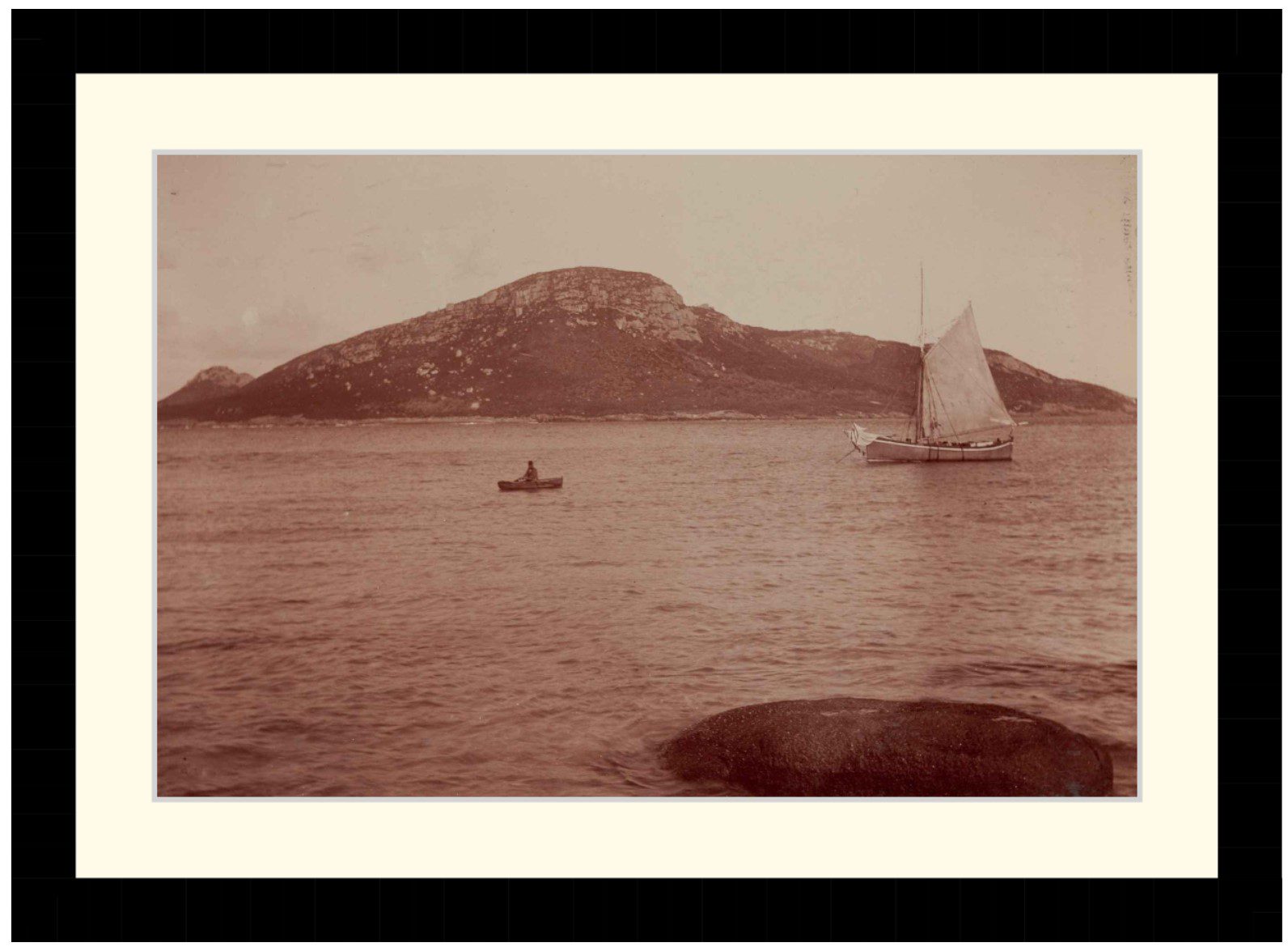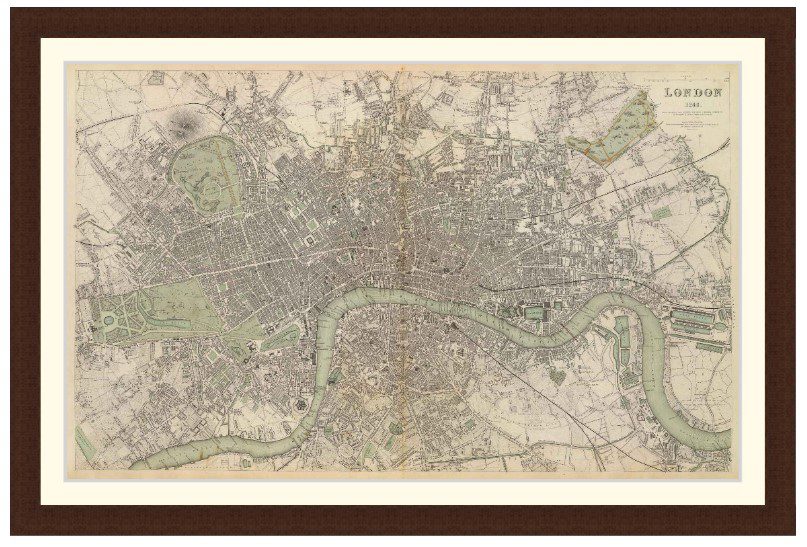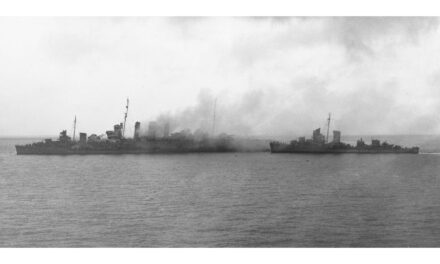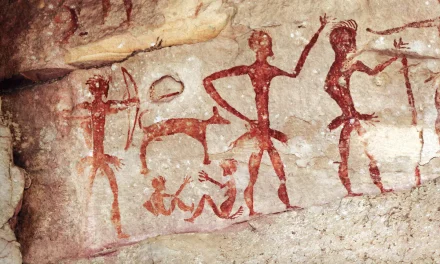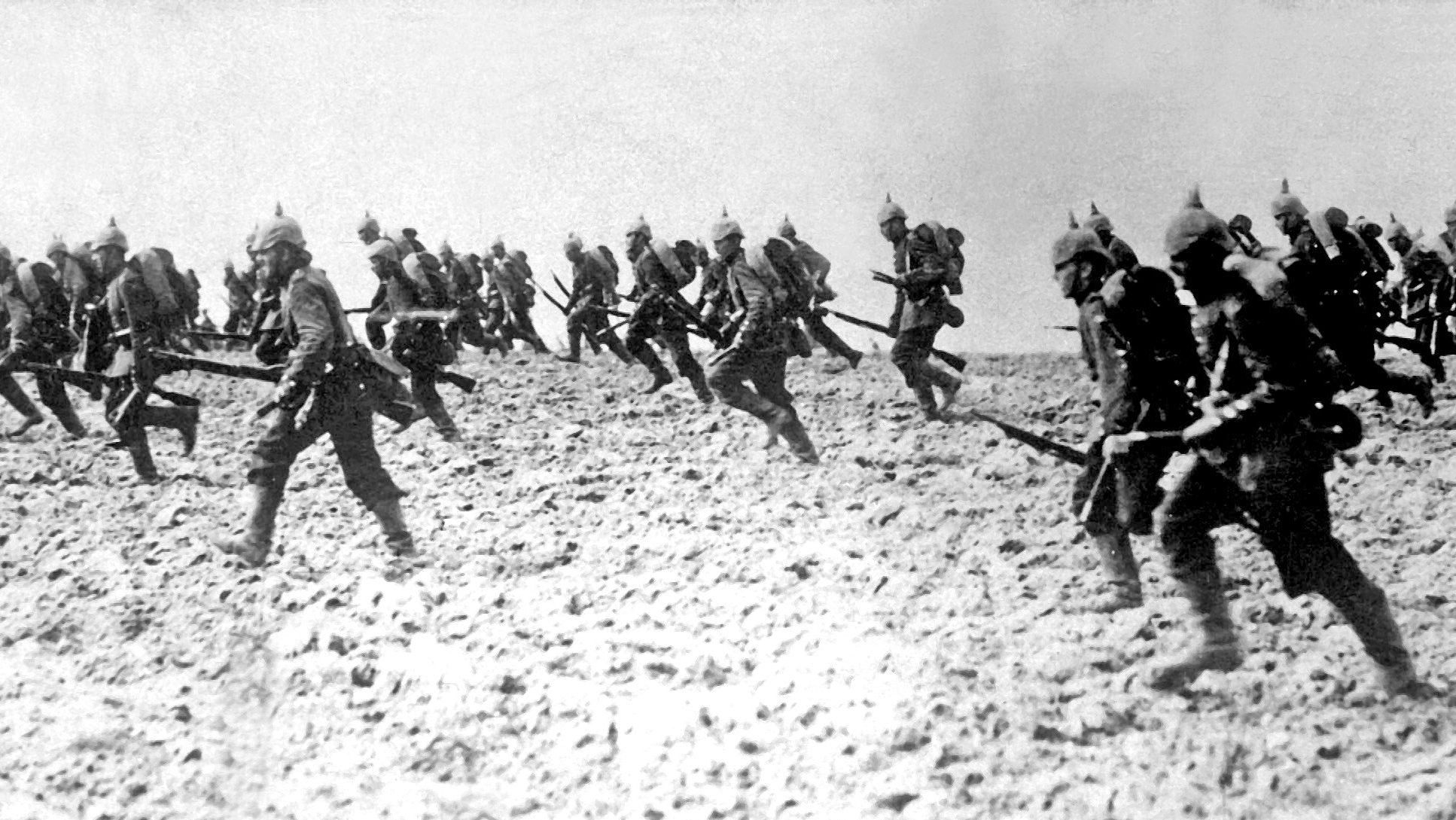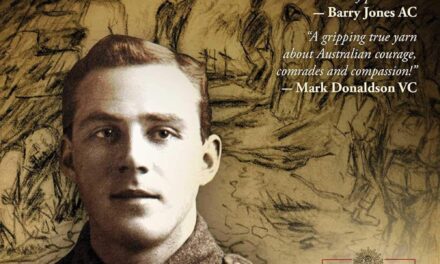Reading time: 7 minutes
In the waning hours of the war, exactly five days after Hitler shot himself in his bunker, a bizarre battle would commence in a small Austrian town, just south of the German border.
Seven hundred years after its construction in the 1200s, Castle Itter would see a battle between the Waffen-SS (the Nazi party’s specialist paramilitary) and a combined force of defecting German Wehrmacht troops, American soldiers, Austrian resistance fighters, and various French political prisoners.
Given that Hitler’s suicide was on the 30th of April 1945 and that the battle took place on the 5th of May 1945, with Germany officially surrendering just two days later on the 7th of May, the chances of such a strange battle occurring were slim. In fact, it is one of only two instances of German and American troops fighting together in WW2.
So, how exactly did the battle for Castle Itter come about, and why was it more important than many may first assume?
The Abandonment of Castle Itter
Once a proud castle in a small Austrian town, the SS transformed this medieval fortress into a prison for high-profile French detainees in 1943, around the middle of the war.
Relatively safe near the heartland of German territory, the castle was an excellently fortified defensive location deep within a safe area. Perched atop a hill overlooking the town of Itter, it served as a prison mostly for individuals the Nazis deemed valuable political prisoners and was attached to the infamous Dachau concentration camp.
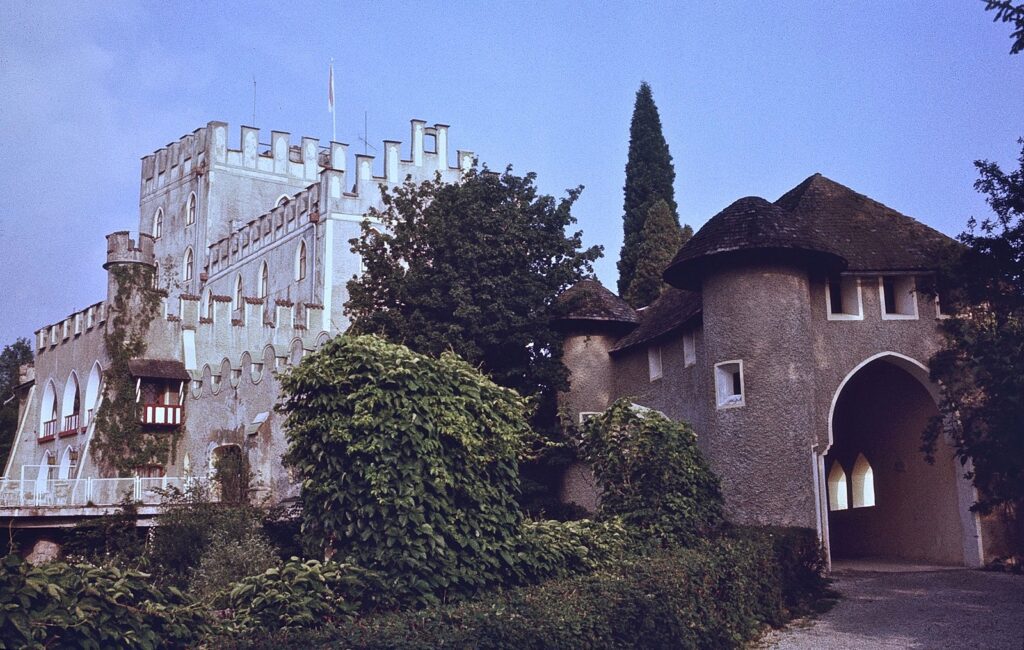
As the war neared its end and Allied forces advanced, the SS personnel guarding the castle began to desert their posts.
At this point in the war, Nazi forces were scattered and defeat was clear – the Allies had already reached Berlin and other major German cities. Because of this, local authority in Austria became unclear, and many of the guards simply went home. Of course, a prison without any guards isn’t much of a prison.
Home to France’s Future?
The majority of the prisoners were members of the French political and military elite. At the top of the list were former prime ministers Édouard Daladier and Paul Reynaud, generals Maurice Gamelin and Maxime Weygand, as well as right-wing leader François de La Rocque, trade union leader Léon Jouhaux, and even tennis star Jean Borotra.
Most of these prisoners presented a threat to the Nazi occupation of France, forming opposition groups or even government. Yet even once France was liberated, they remained imprisoned.
Although the battle of Castle Itter may appear as simply an interesting, strange event, it may well have greatly impacted the trajectory of postwar France. Édouard Daladier, prime minister at the outbreak of World War II, and Paul Reynaud, who succeeded him, were key figures in France’s pre-war and early-war governments. Their experiences and perspectives would heavily influence France’s post-war policies and its approach to European integration.
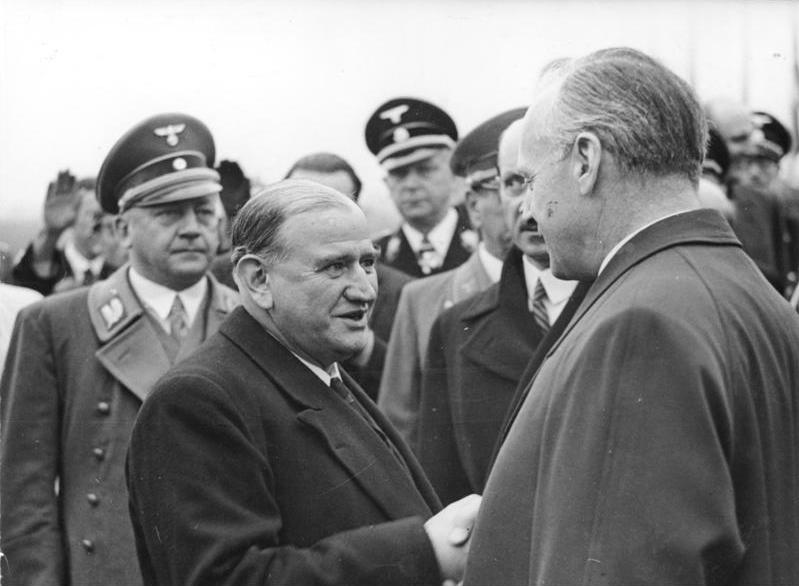
Even in the military, Generals Maurice Gamelin and Maxime Weygand (both former commanders-in-chief of the French Army) would contribute greatly to the reassessment of France’s military doctrine postwar.
French Prisoners Send for Help
While the SS guards had abandoned the castle, the French prisoners were still constrained, as other roaming SS units patrolled the forests surrounding the castle.
Attempting to slip past the patrols, the prisoners sent Zvonimir Čučković, a Yugoslav resistance fighter also held at the castle, and one other to seek help on bikes.
A Surprising Choice By Josef Gangl
Čučković went looking for Allied forces, but instead found Major Josef Gangl of the German Wehrmacht.
A decorated officer who had served on both the Eastern and Western fronts, Gangl had become disillusioned with the Nazi regime, and had started aiding Austrian resistance fighters. In the final days of the war, he had used his position to protect local civilians from SS reprisals. Instead of arresting or attacking Čučković, Gangl decided to openly oppose the SS and protect the French prisoners.
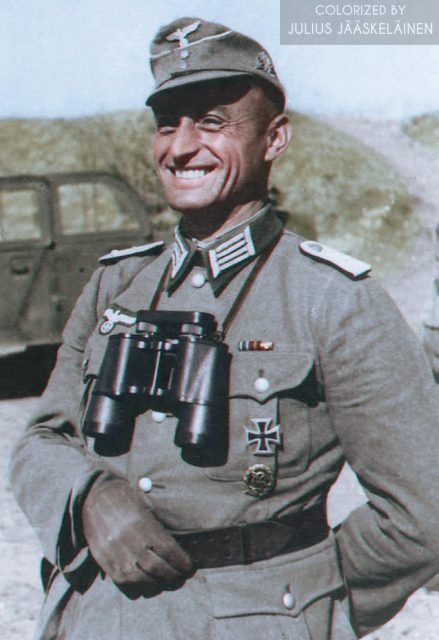
Unfortunately, he only had around 20 loyal men under his command – nowhere near enough to face the hundreds of SS troops patrolling the area. Instead, Gangl surrendered to nearby American forces, specifically a unit led by Captain John C. “Jack” Lee Jr. of the 23rd Tank Battalion, 12th Armoured Division. After informing Lee of the castle’s situation, Gangl, a major in the German army, joined forces with the Americans to free it.
The Battle Begins
On May 5th, 1945, the disparate group of defenders took up positions in and around Castle Itter.
The American contingent, led by Captain Lee, consisted of just over a dozen men and two Sherman tanks. Gangl brought a handful of loyal Wehrmacht soldiers and Austrian resistance fighters. Meanwhile, The French prisoners also armed themselves with leftover weapons in the castle. Seeing the enemy movements, a unit of Waffen-SS led by Obersturmbannführer Georg Bochmann aimed to recapture the castle, bringing around 200 men.
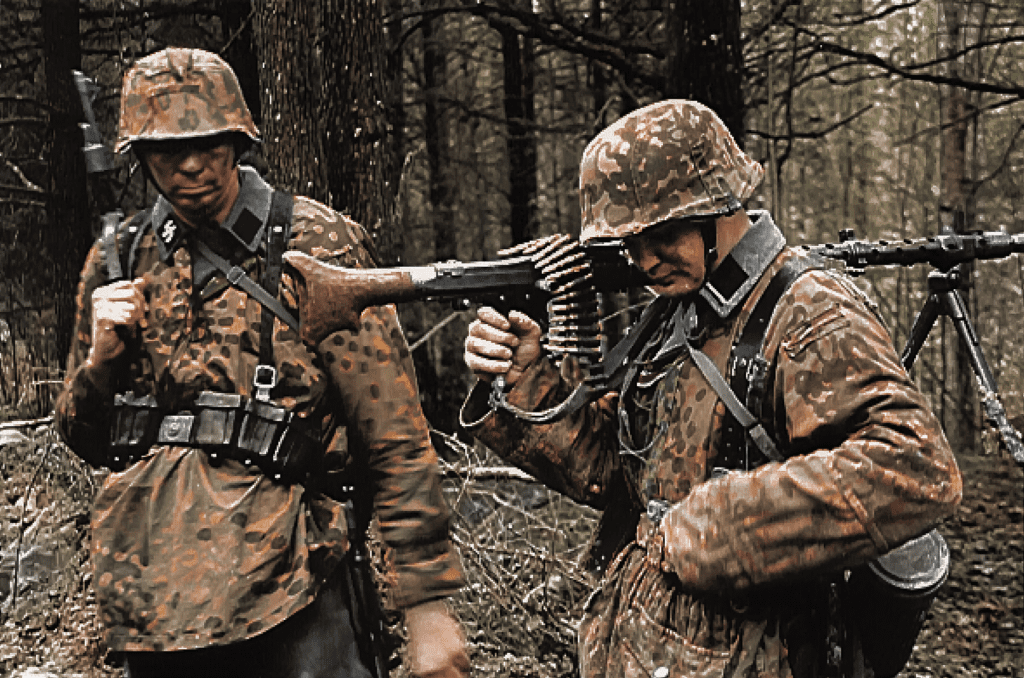
Despite being outnumbered, in the early hours of the morning the defenders used the castle’s fortifications and the high ground to hold out. Captain Lee positioned his Sherman tank, named “Besotten Jenny,” at the castle’s entrance, to provide additional defensive fire.
Waves of SS troops attempted to breach the castle’s defenses, and although the American soldiers and German Wehrmacht troops repelled multiple attacks, ammunition began to run low. Just as defeat seemed imminent, relief arrived in the form of a convoy from the American 142nd Infantry Regiment. Their arrival quickly turned the tide of the battle, forcing the SS troops to retreat.
There was only one casualty on the side of the allied forces: Major Josef Gangl was killed by a sniper while protecting former French Prime Minister Paul Reynaud.
Conclusions
In a war where millions died on all sides, the Battle of Castle Itter seems like a relatively small-scale battle, involving just a few hundred men. Yet it represented a moment when the lines between enemy and ally blurred and demonstrated the impact one man can have. A few years later, dozens of high-ranking Nazi officers would claim they were “just following orders” in the Nuremberg Trials, yet the act of Major Gangl serves as a reminder that the courageous choice is always on the table.
A strange battle at the end of the war, the battle for Castle Itter may well have influenced the direction of postwar France, and shows the cracks that had formed between the German army and the Waffen-SS.
Podcast episodes about the Battle of Castle Itter
Articles you may also like
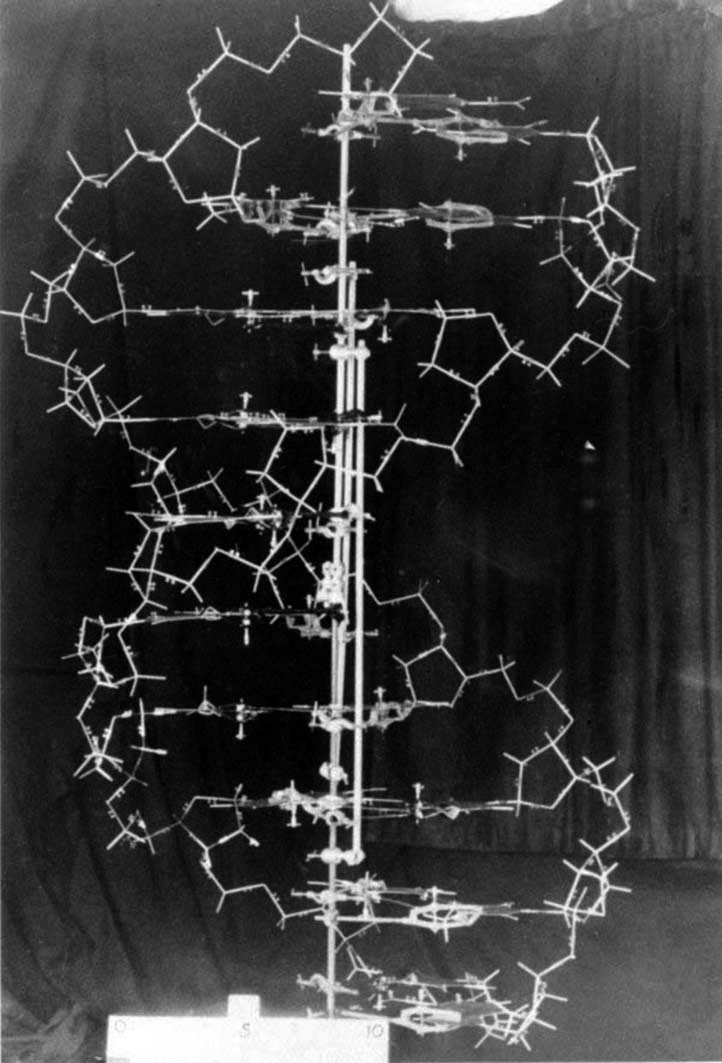
General History Quiz 115
When did Watson and Crick discover the structure of DNA?
Try the full 10 question quiz.
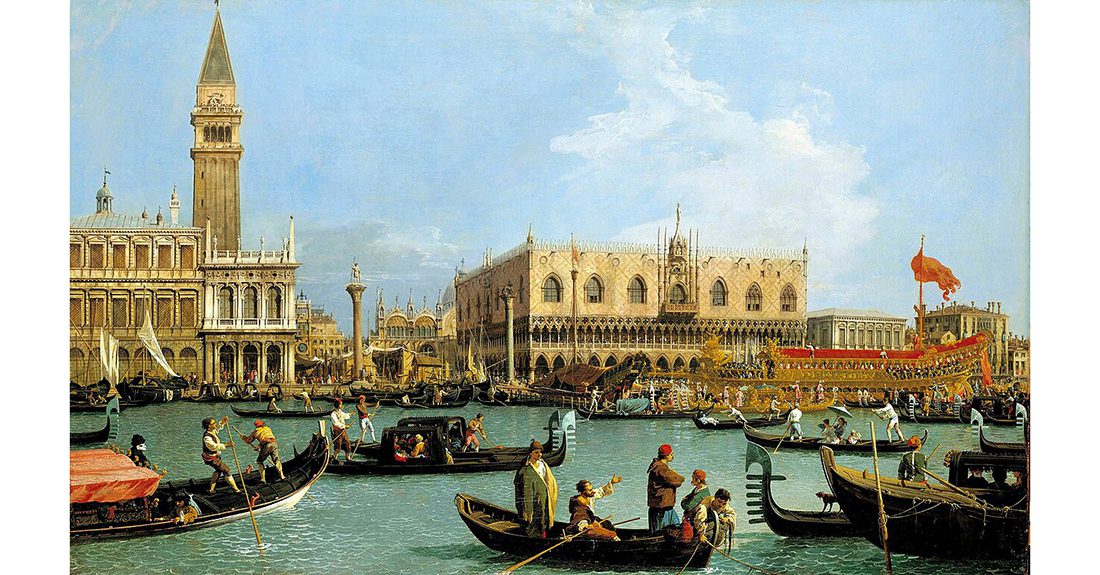
Weekly History Quiz No.240
1.How long was the Republic of Venice in existence?
Try the full 10 question quiz.
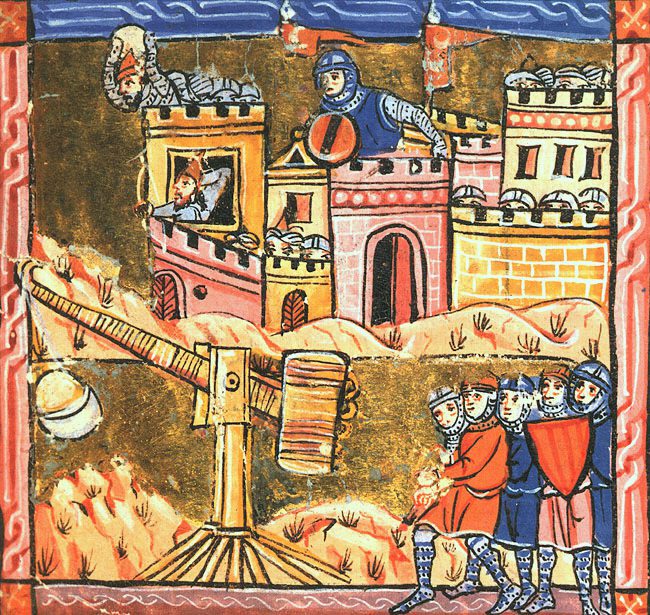
The Great Events by Famous Historians, Volume 6 – Audiobook
THE GREAT EVENTS BY FAMOUS HISTORIANS, VOLUME 6 – AUDIOBOOK By Charles F. Horne (1870 – 1942), Rossiter Johnson (1840 – 1931) A comprehensive and readable account of the world’s history, emphasizing the more important events, and presenting these as complete narratives in the master-words of the most eminent historians. This is volume 6 of 22, covering from […]
The text of this article was commissioned by History Guild as part of our work to improve historical literacy. If you would like to reproduce it please get in touch via this form.



